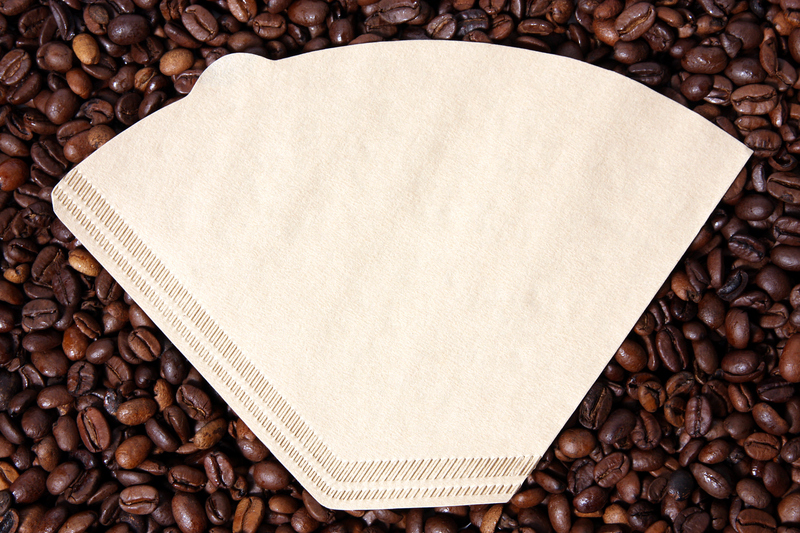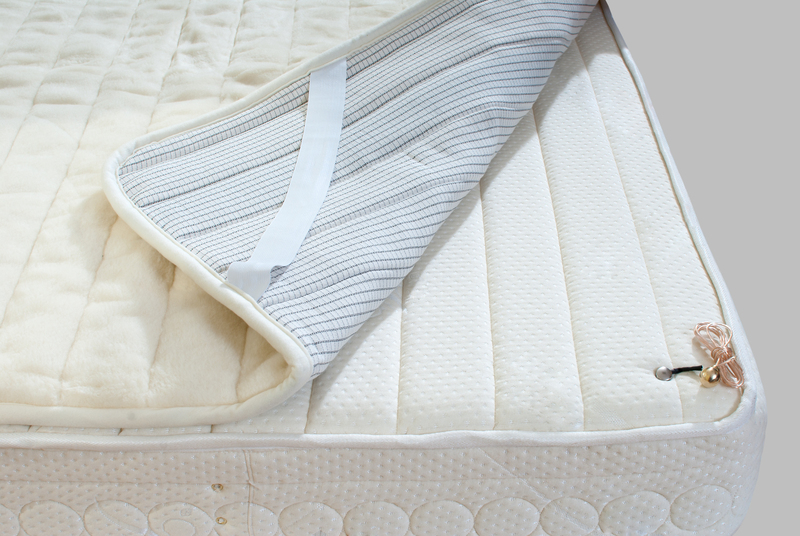Top Tips to Combat Damp Smell in Your Space
Posted on 11/09/2025
Top Tips to Combat Damp Smell in Your Space
Have you ever walked into a room only to be hit by an unpleasant, musty odor? This infamous "damp smell" is more than just an annoyance--it can also be a sign of excessive moisture or hidden mold. Whether you're frustrated by persistent odors in your home, office, or basement, tackling damp smells is crucial not only for your comfort but also for your health. In this comprehensive guide, we'll show you the most effective ways to eliminate damp odors and keep your living and work spaces fresh, healthy, and inviting.

What Causes a Damp Smell?
Before diving into solutions, it's vital to understand what causes the damp smell. The characteristic musty odor usually comes from microbial volatile organic compounds (MVOCs) released by mold, mildew, or bacteria breaking down organic material. These thrive in areas with excess moisture, poor ventilation, and limited sunlight. Some of the most common sources include:
- Leaky pipes or roofing
- Condensation from poor insulation
- High humidity levels
- Inadequate ventilation
- Flooding or water intrusion
- Wet towels, carpets, or furniture
Once you've identified the source, you're on the right path to combatting damp smells in your area.
Key Strategies to Eliminate Musty Odors
1. Identify and Address Moisture Sources
The first step in getting rid of that persistent damp smell is to track down the source of the moisture. Check all potential trouble spots:
- Inspect pipes for leaks
- Assess windows, roofs, and walls for signs of water intrusion or condensation
- Look behind and under furniture for hidden wet patches or mold growth
Once located, use the appropriate repair or waterproofing solutions. Fixing leaks immediately is vital in the long-term prevention of damp odors.
2. Improve Air Circulation and Ventilation
Stagnant air is a breeding ground for musty smells. Ensure ample air flow throughout your space:
- Open windows and doors whenever possible
- Install and regularly use exhaust fans in kitchens and bathrooms
- Consider using mechanical ventilation or air purifiers to improve indoor air quality
Enhanced airflow dries out damp areas, discouraging mold, mildew, and bacteria from taking hold.
3. Dehumidify Your Space
Moisture in the air is a primary cause of dampness and musty odors. Use dehumidifiers--especially in basements, laundry rooms, and bathrooms--to keep relative humidity below 60%. Some tips for effective dehumidification include:
- Regularly empty dehumidifier tanks and clean filters
- Monitor humidity levels with a hygrometer
- Place moisture absorbers, such as silica gel or activated charcoal, in enclosed areas
For persistent issues, consider a whole-house dehumidification system.
4. Clean Thoroughly--And Regularly
Regular cleaning is critical for preventing and eliminating the damp smell. Pay special attention to:
- Mopping floors and wiping down surfaces with anti-microbial cleaners
- Vacuuming carpets and rugs with a HEPA-filter vacuum
- Laundering curtains, cushions, and fabric surfaces frequently
- Disinfecting hidden corners, under sinks, and behind furniture
For persistent or widespread mold, consider professional remediation services.
5. Dry Out Fabric and Upholstery
Textiles are notorious for trapping moisture and harboring bad odors. To freshen fabrics and upholstery:
- Wash and completely dry blankets, pillows, curtains, and slipcovers
- Sun-dry items when possible--the UV rays kill odor-causing microbes
- If items can't be laundered, use a fabric-safe disinfectant spray
Remember, never keep damp towels, clothes, or rugs in a closed area--this accelerates mold and mildew growth.
6. Use Natural Odor Absorbers
Natural solutions are highly effective in both absorbing excess moisture and neutralizing lingering odors. Try these:
- Baking soda: Place bowls in musty cupboards or sprinkle on carpets before vacuuming
- White vinegar: Set an open bowl in affected areas for a few hours (the scent will fade)
- Activated charcoal: Buy ready-to-use odor absorbing bags for small, enclosed spaces
- Cat litter: The non-clumping kind works well as an inexpensive moisture absorber
These remedies are eco-friendly and cost-effective for combating dampness smell in your home.
Additional Tips to Keep Musty Odors Away Permanently
7. Check and Clear Gutters Regularly
Clogged gutters and downspouts can lead to water pooling near your home's foundation, eventually seeping in and causing mustiness. Clean out leaves and debris at least twice a year to prevent water intrusion issues and to discourage the return of that distinctive damp smell.
8. Waterproof Basements and Crawl Spaces
Basements and crawl spaces are notoriously humid and prone to developing a persistent musty odor. Consider:
- Using vapor barriers on walls and floors
- Applying waterproof sealers to cracks or porous surfaces
- Installing a dedicated basement dehumidifier
- Regular inspections for leaks or standing water
9. Replace Old Carpeting and Insulation
Decades-old carpets and insulation can become saturated with moisture and serve as breeding grounds for odor-producing microbes. If cleaning doesn't solve the problem, it might be time for a replacement. Choose anti-microbial products where possible, especially in moisture-prone areas.
10. Use Air Purifiers with HEPA and Carbon Filters
Air purifiers equipped with HEPA filters trap mold spores, dust, and other airborne particulates. Models with activated carbon filters also absorb unpleasant smells. Use these devices in bedrooms, living rooms, and offices for air that feels--and smells--refreshingly clean.
Common Mistakes to Avoid When Removing Damp Smell
- Covering up odors with air fresheners: While tempting, this only masks the symptoms and can even make things worse. Real progress comes from addressing underlying moisture.
- Ignoring small leaks: Even minor drips can create lasting moisture issues if left unattended.
- Poor cleaning routines: Infrequent cleaning allows mold and bacteria to thrive unnoticed.
- Overlooking hidden areas: Mold often lurks behind baseboards, inside wall cavities, or under carpets--places commonly skipped during basic cleaning.
How to Prevent Damp Smells from Returning
After you've successfully banished that stubborn musty odor, use the following strategies to keep your space smelling fresh:
- Ensure ongoing ventilation and air movement year-round
- Use a dehumidifier during humid months
- Inspect for leaks after heavy rains or snowmelts
- Launder soft furnishings regularly
- Tackle spills and moisture accidents immediately
- Schedule annual deep cleans of all living areas

When to Seek Professional Help
Sometimes, combating damp odors in your house requires more than DIY measures. If you notice black or green mold patches, ongoing respiratory issues, or can't trace the source of the musty smell, contact a certified mold remediation specialist. Professionals can conduct moisture mapping, air quality testing, and sophisticated removal techniques to restore your home's freshness and safety.
Conclusion: Breathe Easy in a Fresh, Odor-Free Space
Eliminating damp smells isn't just about comfort--it's about protecting your health and preserving your property. Using these top tips to combat musty odors, you'll banish unwanted smells for good. Embrace regular maintenance, promptly repair leaks, control humidity, and stay vigilant for hidden sources of moisture. Your efforts will be rewarded with a cleaner, more inviting, and vibrant space for you and your loved ones.
Say goodbye to damp odors and hello to a fresher, healthier living environment!
```



